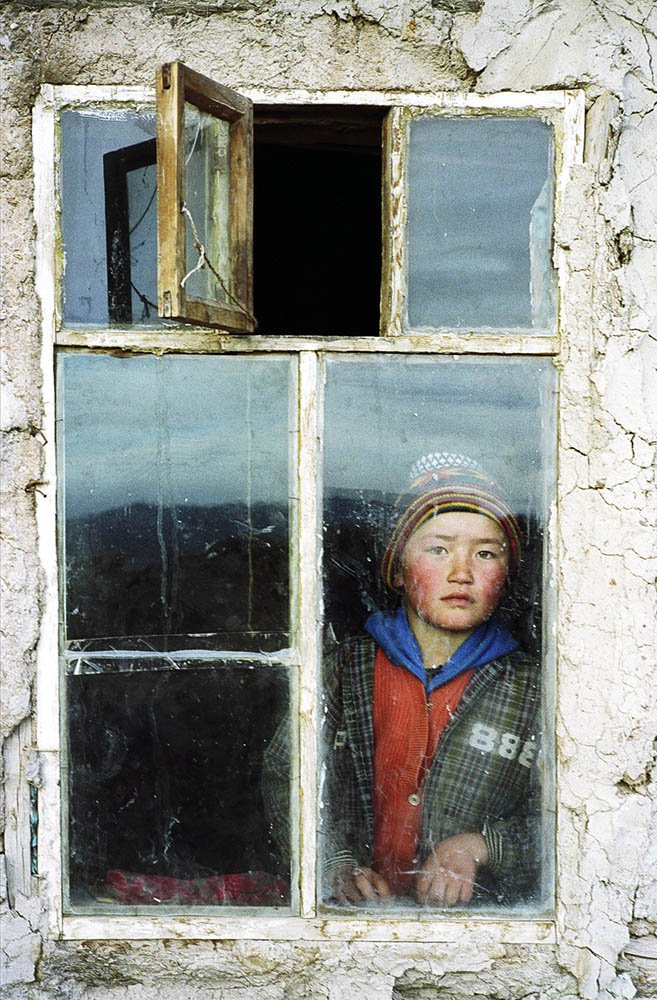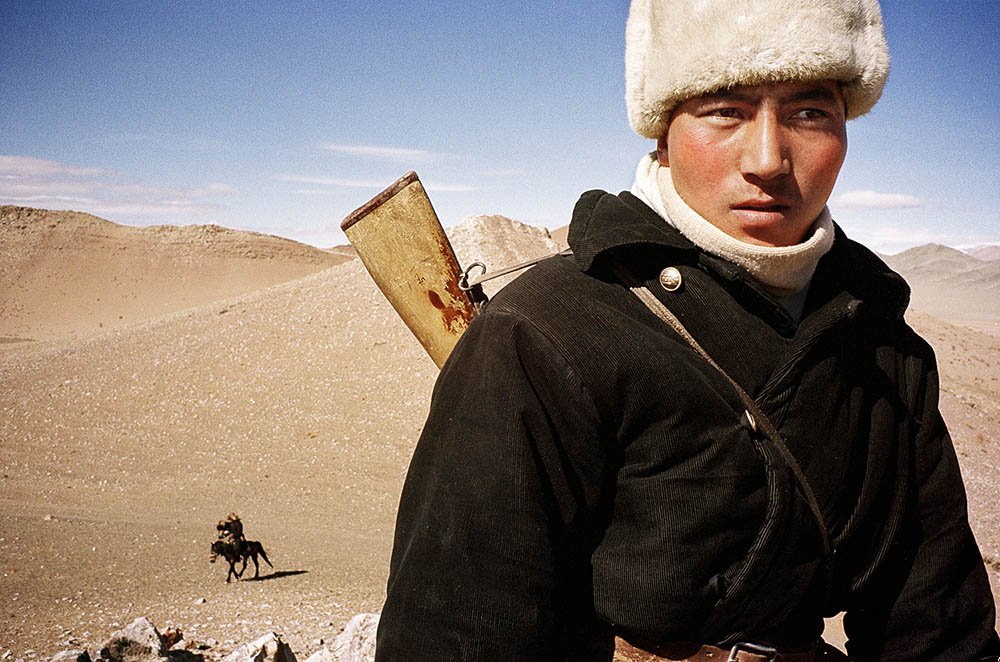
DZUD
A Winter Catastrophe
Reportage Photography from Mongolia’s devastating winter
Young girl looking through window at animals -Mongolian Dzud
Nomadic herders riding across the steppe -Mongolian Dzud
Herder family at winter grazing area -Mongolian Dzud
Herder family moving to look for better grazing for their animals -Mongolian Dzud
Hunters on steppe -Mongolian Dzud
The vast empty steppe of Western Mongolia -Mongolian Dzud
Photojournalism from Mongolia’s Frozen Steppe
Reportage Photography
A dzud is a natural disaster unique to Mongolia, defined by extreme weather conditions—a summer drought followed by severe cold and heavy snowfall during the winter. This combination creates deadly conditions for Mongolia’s nomadic herding communities, whose livestock, unable to access forage under the thick layers of snow and ice, often perish in large numbers. The dzud isn’t just an economic disaster; it’s a cultural one. Livestock are the lifeblood of the Mongolian nomadic lifestyle, providing food, clothing, and even fuel. When the animals die, it’s not just a loss of livelihood, but a blow to a traditional way of life that has existed for centuries.
I travelled to Mongolia to document the effects of a dzud for a French magazine and the NGO Médecins Sans Frontières. Working as an environmental documentary photographer, I wanted to show the broader impacts of this disaster—not just the immediate devastation, but also the profound human cost. Using reportage-style photography, I focused on capturing the deep connection between the herders and their animals. Every loss has a ripple effect on the community, creating a visual narrative of endurance, fragility, and a fight for survival in one of the harshest environments on earth.
The increasing frequency and severity of dzuds due to climate change are putting these communities under intense pressure. Summers are becoming hotter and drier, while winters are growing colder and longer. This shift is devastating the traditional herding economy, pushing many families to abandon their nomadic lifestyle and relocate to urban areas, where poverty and unemployment await. My documentary photography aimed to capture this turning point in Mongolian history—showing a community in crisis, on the frontlines of climate change, struggling to preserve their heritage in a rapidly changing world.
Through these dzud photography projects, I wanted to go beyond merely documenting a natural disaster. Instead, I aimed to tell the stories of the people living through it—the daily battle to save what livestock they can, the strength required to endure yet another brutal winter, and the uncertainty that looms over their future. With these Mongolia documentary photography series, I hope to contribute to a deeper understanding of the impact of climate change on rural communities.
Ultimately, this project is not just about Mongolia. The dzud serves as a stark reminder of the far-reaching consequences of global environmental shifts and the urgent need for action. Through visual storytelling and environmental reportage, I hope to make these hidden stories visible and highlight the resilience of those living on the frontlines of a changing climate.






